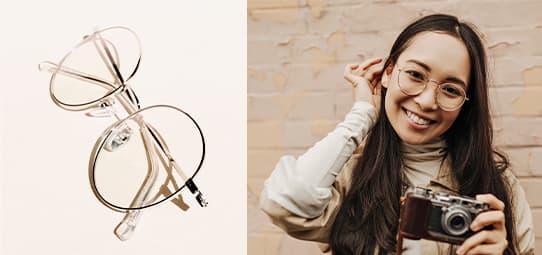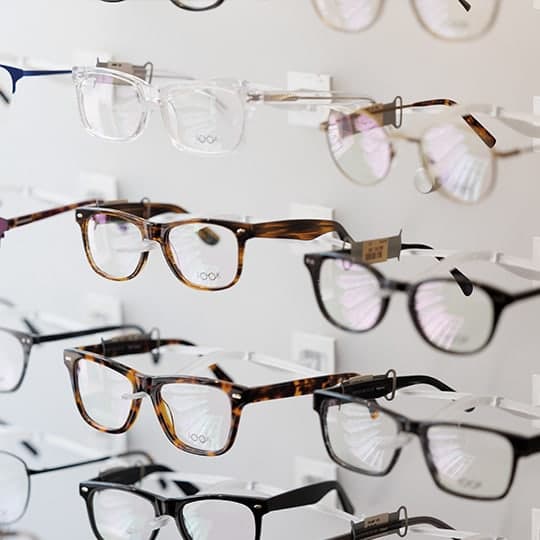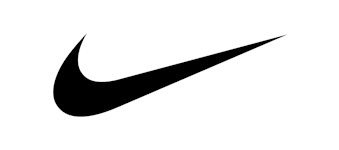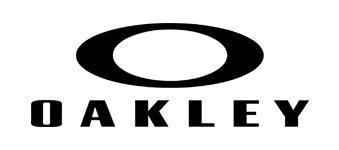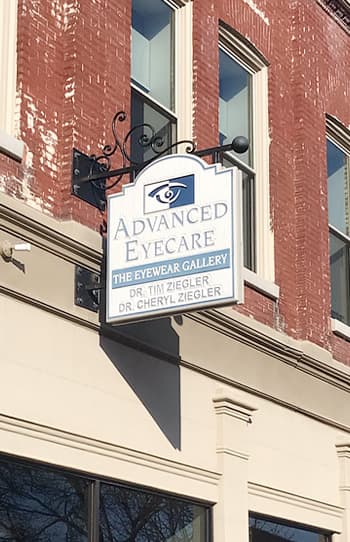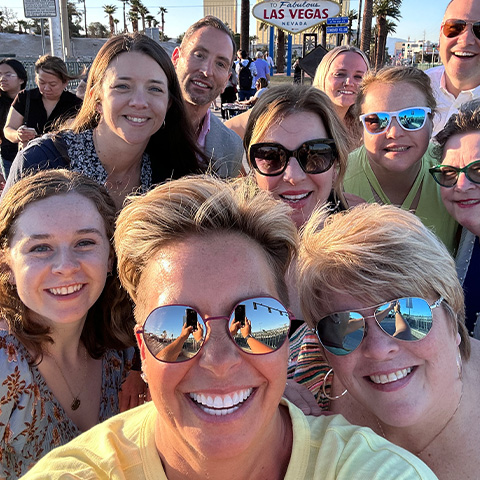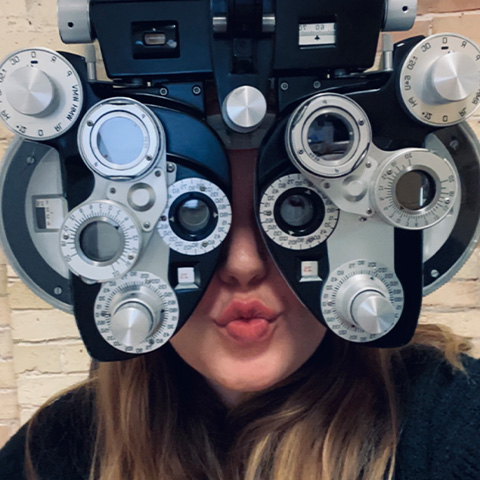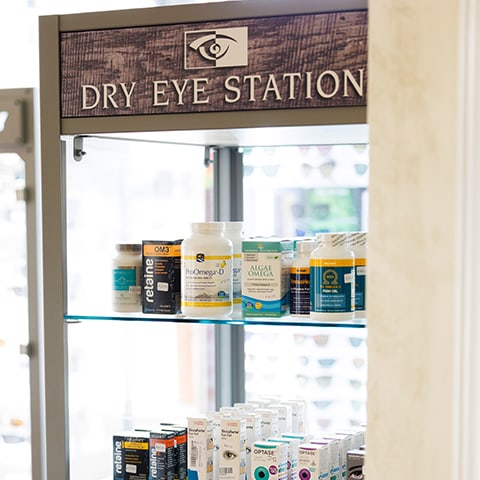What Is Dry Eye Syndrome?
Dry eye occurs when a person doesn’t have enough quality tears to lubricate and nourish the surface of their eye. Tears help prevent eye infections, wash away foreign matter, and keep the eye’s surface smooth.
People with dry eyes can face poor productivity at work, chronic discomfort, and other uncomfortable issues. It’s a common and often chronic problem, especially in older adults.
At Advanced EyeCare & Aesthetics, we can help you find a path to lasting relief by identifying and addressing the underlying cause of your symptoms. Book your appointment today.
Common Causes of Dry Eye
Meibomian gland dysfunction (MGD): When the glands in your eyes don’t produce enough oil, your tear film can evaporate more quickly, leading to dry eyes.
Blepharitis: Blepharitis is eyelid inflammation and can disrupt the glands in your eyes that support your tear film.
Aging: As you age, the amount of tears your eyes produce can naturally decrease, leading to dry eyes.
The Role Your Tear Film Plays in Your Eye Health
Each time you blink, a coating of tears is spread across the surface of your eye to get rid of foreign particles and create moisture in your eye.
Your tears are made of 3 distinct layers: oil, water, and mucus. Each layer plays an important role in producing good-quality tears that keep your eyes smooth and clear.
A healthy tear film is necessary for maintaining your eye health and protecting your vision. Without it, your eyes can become more susceptible to irritation and dryness.
Aqueous Dry Eye Versus Evaporative Dry Eye
There are 2 main types of dry eye: aqueous dry eye and evaporative dry eye.
Aqueous dry eye happens when the aqueous layer in your eye isn’t producing enough water to form a healthy tear combination. It can happen for various reasons and may signal underlying causes, such as autoimmune diseases, hormonal changes, or taking certain medications.
Evaporative dry eye develops when the oil layer of your tears isn’t stopping your tears from evaporating too quickly. Without a lasting tear film, your eyes can become vulnerable to dryness. This is often caused by meibomian gland dysfunction, which affects the glands that make oil for your tears.
Our Dry Eye Technology
We can help you find relief through our different dry eye treatments. The first step is scheduling a comprehensive eye exam with our team so we can learn more about the root cause of your dry eye symptoms.
Following a thorough exam, we can prepare a personalized treatment plan to help you regain comfort.
OptiLIGHT by Lumenis
OptiLIGHT by Lumenis is a light-based, noninvasive treatment done in the area below the eyes to manage dry eye. The first and only IPL FDA-approved for dry eye management.
The treatment is safe, gentle, and is backed by more than 20 clinical studies.
OptiLIGHT uses precise pulses of light to reduce the inflammation that is typically associated with dry eye disease, improve tear break-up time, and increase meibomian gland functionality.
Radiofrequency
Radiofrequency (RF) treatment uses gentle heat to target the root cause of dry eye in many cases: clogged oil glands in the eyelids. These glands normally produce a thin layer of oil that keeps tears from evaporating too quickly. Tears dry out faster when clogged, leading to irritation, scratchiness, and blurry vision.
With clearer glands, your eyes can produce natural tears for lasting comfort.
Meibomian Gland Expression
Meibomian gland expression can clear blocked meibomian glands, improving oil flow into your tears. During your visit, our team will apply gentle pressure along your eyelids. This pressure can help clear blockages within your tear glands and address meibomian gland dysfunction.
Punctal Plugs
Punctal plugs can help manage dry eyes when your tears are draining from your eyes too quickly. These tiny devices are placed into your tear ducts to slow down how fast tears leave the surface of your eyes.
There are 2 types of punctal plugs:
-
- Temporary or dissolving: These plugs are usually made of collagen and naturally dissolve in a few days or months.
- Semi-permanent: These plugs are made of medical plastics and designed for long-term use. Your eye doctor can remove these plugs if needed.
Eye Drops & Other Treatments
Other treatment options we offer include:
- Artificial Tears: These lubricating eye drops are a common first line of defense, mimicking your natural tears.
- Omega-3 Supplements: Fatty acids may help ease dry eye symptoms. Consider incorporating fish, flaxseed, or supplements into your routine.
- Eyelid Sprays & Masks: These can help remove debris and unclog oil glands that can contribute to dry eyes.
Get S -
Get Symptom Relief & Protect Your Vision
You don’t have to keep living with unpleasant redness or burning sensations. Rather than just sending you home with eye drops, we take the time to understand the root cause of your dry eye symptoms and provide recommendations for achieving lasting comfort.
Book an appointment with us today, and let’s discuss your treatment options.
Our Services
Our Brands
Discover a blend of style, comfort, and clarity with our extensive collection of eyeglass frames and lenses. Whether you’re seeking the durability and flexibility for everyday wear or the luxury and elegance for special occasions, we have you covered. Embrace quality. Enjoy clarity. Experience Advanced EyeCare & Aesthetics.



